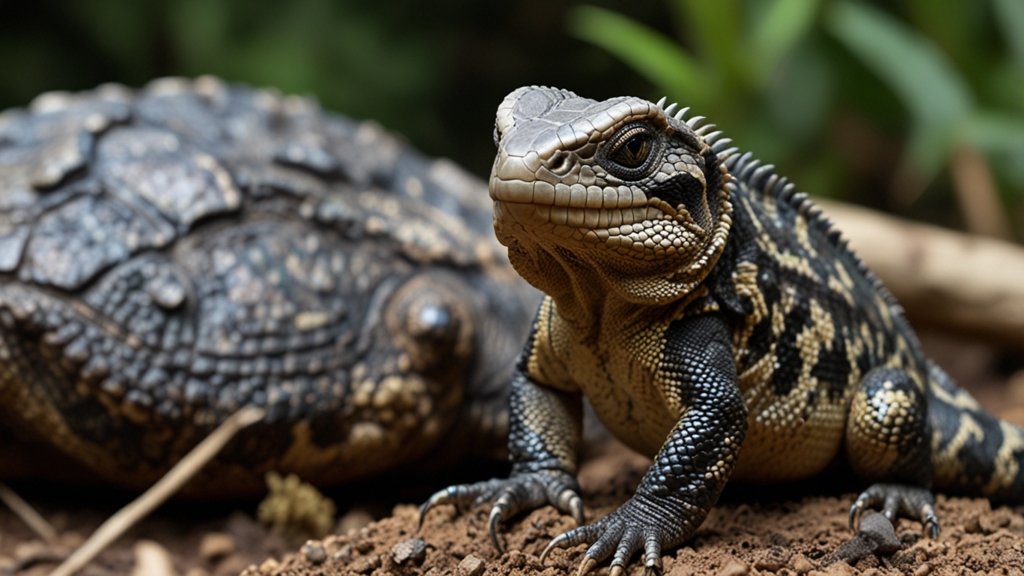The Connection Between Pets and Children's Development: What Science Says
It's a scene straight out of a family movie: a child and their faithful pet, sharing a bond that seems almost magical. But the connection between pets and children's development is more than just heartwarming—it’s backed by a growing body of scientific research. From emotional growth to cognitive benefits, the presence of pets in a child's life can play a significant role in their development.
Emotional and Social Benefits
Pets have been shown to provide significant emotional support to children. They offer a non-judgmental presence, which can be especially comforting for kids facing challenges. Studies have demonstrated that children with pets tend to have higher self-esteem and are less likely to suffer from depression and anxiety.
"Children who have pets are often more empathetic, show greater social skills, and experience lesser degrees of loneliness," says Dr. Anna Brown, a child psychologist.
Pets also provide children with a unique opportunity to learn responsibility. Feeding, grooming, and taking care of a pet encourages a sense of duty and accountability. This responsibility is not limited to just physical tasks; it also includes the emotional responsibility of caring for a living being.
Cognitive Development
When it comes to cognitive development, pets can also play an impactful role. Interaction with pets can stimulate children's curiosity and promote learning through play. This is especially true for younger children, who often learn about concepts such as size, color, and numbers through their interaction with pets.
"Pets can be a wonderful educational tool," states Dr. Laura Green, a cognitive development researcher. "They can help children develop language skills and improve their understanding of their environment."
For example, a child might learn new words and phrases by talking to their pet or asking parents questions about their pet. This kind of interactive language development can be more engaging for children compared to conventional learning methods.
Physical Health and Activity
Physical activity is another important aspect of children's development, and pets can encourage a more active lifestyle. Dogs, in particular, require regular walks, which can lead to children spending more time outdoors. This increased physical activity is essential for combating childhood obesity and promoting overall physical health.
"Children who regularly play with pets are more likely to have higher physical activity levels, which contributes to better overall fitness," reports a study published in the Journal of Pediatrics.
The act of playing fetch, running around, or even simple indoor games can keep children active and contribute to their motor skill development. Moreover, the physical interaction can release endorphins, ultimately enhancing mood and reducing stress levels.
Building a Stronger Immune System
There is also evidence to suggest that children who grow up with pets may develop stronger immune systems. Exposure to pet dander and the germs that pets bring into the home can help strengthen a child’s immune system by challenging it to fight off these common allergens and pathogens.
A study published in the Journal of Allergy and Clinical Immunology found that children exposed to pets during their first year of life had a lower risk of developing allergies and asthma. This exposure can lead to a more robust immune response as children grow older.
Conclusion
The connection between pets and children's development is multifaceted, encompassing emotional, social, cognitive, and physical benefits. The companionship of pets can significantly influence a child’s emotional well-being, social skills, cognitive growth, physical health, and even their immune system. As science continues to explore and affirm these benefits, it becomes increasingly evident that pets are more than just family members—they are key contributors to fostering well-rounded and resilient children.









